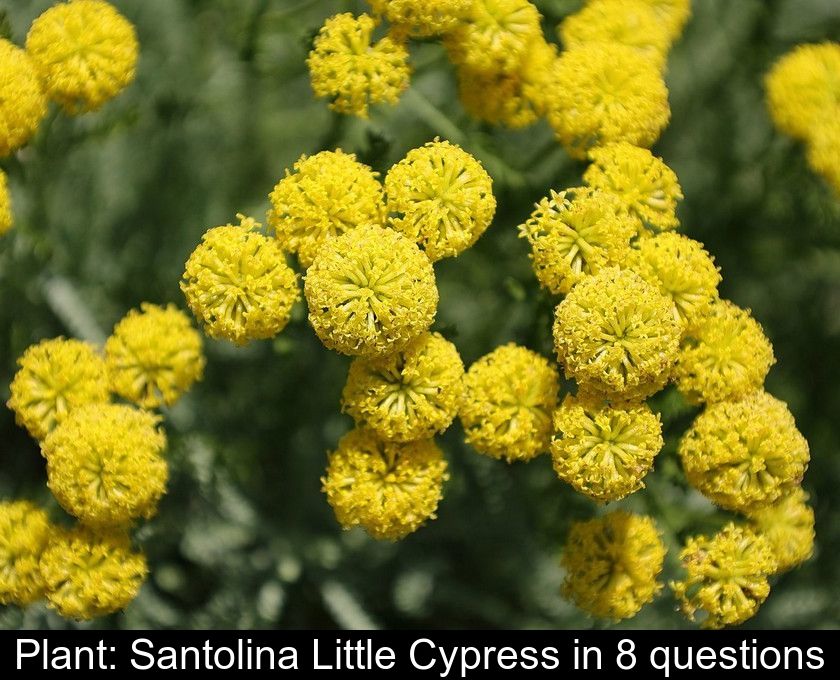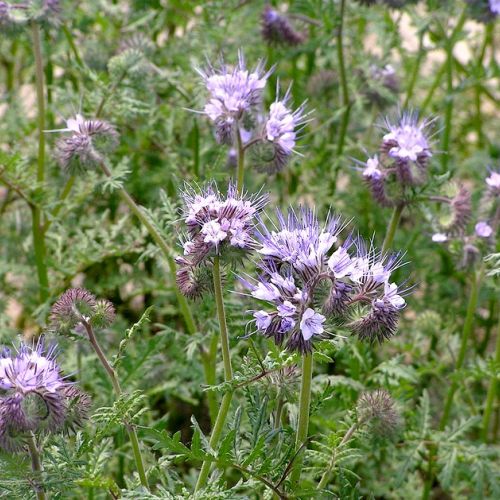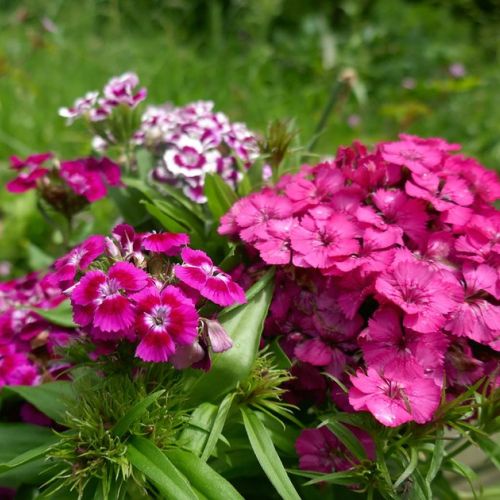Plant: Santolina Little Cypress In 8 Questions
If you live in the Mediterranean region and are looking for a plant that is resistant to summer heat and drought, consider the little cypress santolina! This easy-to-care-for shrub is covered in yellow pom-poms in the summer. Here's everything you need to know about this plant in 8 questions.
"What is santolina?"
Santolina chamaecyparissus, also known as "cotton lavender," is a perennial plant native to the Mediterranean region. It is a drought-resistant flowering plant, similar to lavender and rosemary, with which it can be associated.
It is a fast-growing shrub that does not exceed 50 cm in height.
Its evergreen and aromatic foliage has a beautiful light gray color, which has earned it the nickname "silver santolina." It contrasts nicely with its summer flowering, when the plant is covered with small bright yellow pompons.
2- What is the difference between everlasting and cotton lavender?
Despite an undeniable resemblance, one should not confuse the Santolina petit cyprès with the Italian or Immortelle Helichrysum italicum.
These two Mediterranean plants have several similarities:
• silvery foliage
• summer flowering with bright yellow color
• a strong and characteristic odor reminiscent of curry
But they do not belong to the same botanical family and you can distinguish them from each other thanks to the shape of their leaves. The leaves of the Santolina are much finer and toothed, which earned this plant the nickname "petit cyprès".
3- When to plant santolina?
Santolina or Little Cypress can be planted all year round except during frost periods.
If you live in a Mediterranean climate, you can enjoy this perennial plant in any season, in a flower bed, rock garden or border.
However, if winter temperatures drop below -10°C in your area, you will need to grow it in a pot and protect it from frost in winter.
Note: to propagate this species, you have several options:
• divide a plant in summer
• take stem cuttings in autumn
• propagate the plant by layering in autumn.
4- What type of soil is suitable for Santolina?
Like many Mediterranean plants, the little cypress cotton lavender prefers limestone, poor and sandy soils.
Whether you grow it in the ground or in a pot, you must ensure that it is provided with a well-drained substrate.
5- How to maintain santolina?
Santolina or Little Cypress only needs to be watered during the summer following planting to ensure proper rooting of the plant.
Afterwards, this Mediterranean species is perfectly resistant to drought which makes it very interesting with the increasingly hot summers we experience in France and watering restrictions...
This low-maintenance perennial does not need to be fertilized, but simply pruned.
6- When should santolina be pruned?
During the flowering period, which runs from June to August, it is sufficient to cut off the faded flowers as they appear. It is after the flowering that the santoline should be pruned by cutting back the tuft to maintain a compact growth habit.
7- How to use santolina in cooking?
Cypress-leaved santoline is a plant from the Asteraceae family that is partly edible. Its foliage, which has a thyme and pine aroma, can be used in cooking to enhance grilled meats, sautéed mushrooms or vegetables, as well as apricot jams. But beware! This plant should always be used sparingly as it can have a neurotoxic and abortive effect in high doses.
"What are the properties of santolina?"
Cypress-leaved santolina is also considered as a medicinal plant with antispasmodic, emmenagogue and vermifuge properties.
It is recommended for painful menstruation as it relieves spasms and regulates the menstrual cycle.
Finally, another use of santolina is to place flowering branches in cupboards to protect clothes from moths thanks to the repulsive scent of this plant.









